The recent emergence of Virtual Reality (VR) has revolutionized the gaming industry by engaging players of all ages, from adults to kids. Today, the younger generation can dive into the educational and exciting worlds through Oculus games for kids, which offer immersive, fun experiences. The Oculus VR platform offers unlimited exciting possibilities by combining educational and entertainment opportunities. However, parents must ensure that these experiences are enjoyable and safe. The right selection of Oculus games can ensure that kids access age-appropriate and engaging content, stimulating their creativity and thus enhancing learning and promoting physical activities.
What is the Oculus games?
Oculus games are virtual reality (VR) games played on Oculus headsets, which come in various models such as Oculus Quest, Oculus Rift, and Oculus Quest 2, among others. These games include an immersive experience that takes the player through a 3D virtual environment that allows interaction using the VR headset and motion controllers. In addition, games for kids come in various types: educational, puzzle, adventure, fitness, and social. “The Climb” is a good adventure Oculus game for kids. The game offers a thrilling climbing simulation where players can scale massive cliffs and other structures to test their dexterity and nerves.
Benefits of VR games
Virtual reality (VR) games are today’s most creative and innovative way for kids to explore, learn and play. By immersing kids in very interactive 3D environments, these games offer a unique experience that helps enhance various aspects of their overall development and well-being. Beyond mere entertainment, VR games offer educational value and an opportunity for social and physical interaction.
Enhanced learning.
VR games provide an immersive and interactive educational experience that makes learning more effective and engaging. Children can comfortably explore historical sites, engage in scientific concepts, or even learn new languages adventurously.
Improved motor skills.
Most VR games require precise control and physical movement, which helps kids develop fine motor skills, overall physical dexterity, and hand-eye coordination.
Increased creativity.
Many VR games encourage creative problem-solving and creative thinking. Children can now design and build virtual worlds, explore their imaginative capabilities, and experiment with various scenarios in a way traditional games can’t enable.
Social interaction.
Multiplayer VR games offer opportunities for children to interact with their peers in a virtual environment, thus fostering teamwork, collaboration, and social skills. These interactions are particularly beneficial for children who find engaging in face-to-face social interactions challenging.
Safe exploration.
VR games enable kids to explore and experience environments that would be otherwise dangerous and difficult to visit in real time. From deep oceans to outer space, VR games are a safe way to satisfy players’ adventurous and curious spirits.
Physical activity.
Certain VR games emphasize physical exercise, thus helping kids stay healthy and active. Games involve activities like sports, dancing, or other physical activities.
Concentration and focus.
VR games usually require sustained concentration and attention, which in turn help improve kids’ skills.
Therapeutic benefits.
VR games offer great therapeutic benefits, especially to kids with challenges such as phobias, anxiety, or developmental disorders. The controlled environment in VR helps them address their issues in a supportive and safe way.
Standards for safe and fun VR games for children
As much as VR games offer immersive benefits to players, there are, however, things to consider when selecting a VR game for your children’s safety while gaming. These standards areas include the following but not limited to;
Balance fun and safety with reliable tools
Age appropriateness. Consider the established game rating system like the Pan European Game Software Rating Board or Entertainment Software Rating Board.
Nonviolent themes. Ensure you prioritize games that promote education, creativity, exploration, and positive social interactions over mature and violent themes.
Educational value. Choose games that provide learning opportunities such as skill development, educational content, and problem-solving challenges.
Easy to use. Choose VR games that are not only intuitive but also simple for children to control.
Guided tutorials. Go for games that offer guidance to help kids learn how to play such games without feeling frustrated.
Adjustable game difficulty. Look for games that enable players to adjust the difficulty level to accommodate children’s progress and skill level.
Parental Controls. Ensure that VR and Game systems offer parental control that helps manage screen time and can restrict access to certain restricted content.
Privacy controls. Ensure that games support strong privacy policies to safeguard your kid’s personal information.
Comfort Settings. VR games should include comfort settings to help reduce motion sickness and ensure a comfortable experience for kids.
Encourage movements. Select games that encourage physical activities to help your kids stay active while playing.
Ensure regular breaks. Games should have regular breaks from physical activities to prevent physical fatigue and eye strain and ensure a healthy balance between rest and play.
Best VR games for kids available on the Oculus
There are quite a few VR games available today for kids. Here is a breakdown of the top 10 VR games for kids.
1. Job Simulator (Age Recommendation: Teens 13+)



Description: It’s a wacky world where robots and machines have taken over human jobs. Players relive the old “glory days” by simply simulating various tasks like being a mechanic, cooking, or an office worker.
Gameplay: The game is about experimentation and silly fun. The player can throw food in the kitchen, fix a car using wacky tools, or even stack office supplies.
2. Fruit Ninja VR (Age Recommendation: Teebs 13+)
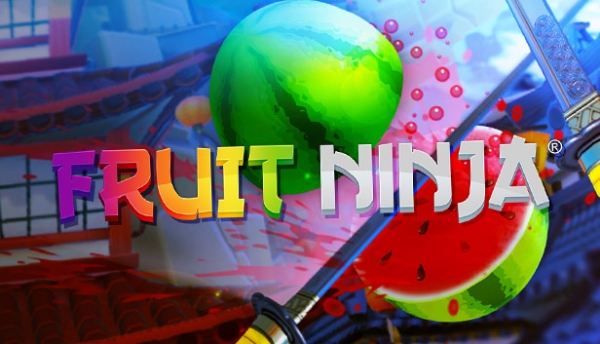


Description. The classic fruit slicing game VR game gets its VR upgrade
Gameplay: Slash and dice your juicy fruit flying on your way from all directions. You earn more points for combos and watching out for different bombs. It is a great game for getting kids active and hard-eye coordination.
3. Angry Birds VR: Isle of Pigs (Age Recommendation: All Ages)
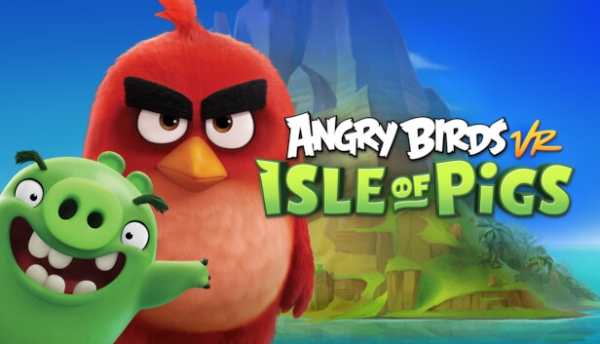


Description: Come into the world of Angry Birds and bring down those pesky pigs from a first-person perspective.
Gameplay: Use the slightest shots to launch birds at the structures established by the pigs. This will cause hilarious mayhem. The VR version provides a fresh take even on the slightest action.
4. Waltz of the Wizard (Age Recommendation: Teens 13+)



Description: It’s time to become a powerful wizard in a fantastic world. You can master how to use different spells through simple physical movements.
Gameplay: You’ll need to gather ingredients, learn various potion recipes, and cast spells via motion, like drawing symbols or cauldrons in the air. It’s a special and immersive experience.
5. Down the Rabbit Hole (Age Recommendation: All Ages)



Description: Dive into a fantastic adventure inspired by Alice in Wonderland.
Gameplay: Explore the wonderful magical world full of challenges and puzzles. Interact with various quirky characters and solve problems through VR controls.
6. Acron: Attack of the Squirrels (Age Recommendation: All Ages)
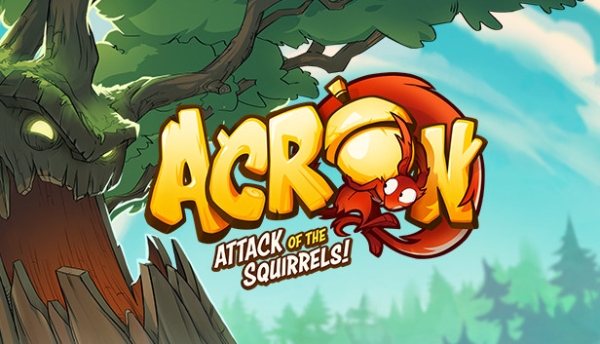


Description. Defend your acorn from a horrible attack by a horde of naughty squirrels.
Gameplay: The game allows you to build catapults, traps, and defenses to stop mischievous squirrels from destroying or stealing your acorn. It is a fantastic and fun tower defense game rooted in a charming forest environment.
7. Rec Room (Age Recommendation: Teens 13+)
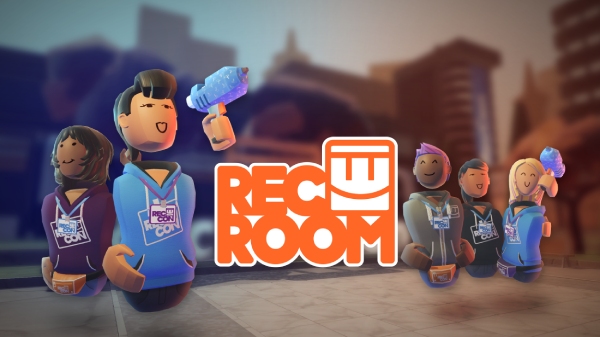


Description. A social VR platform with a wide range of user-created activities and games.
Gameplay: The Rec Room game provides endless possibilities for various gaming activities. Players can explore community-built words, play paintball, and attend virtual events. However, the large user base calls for parental controls for your young teens.
8. Bogo (Age Recommendation: Teens 13+)
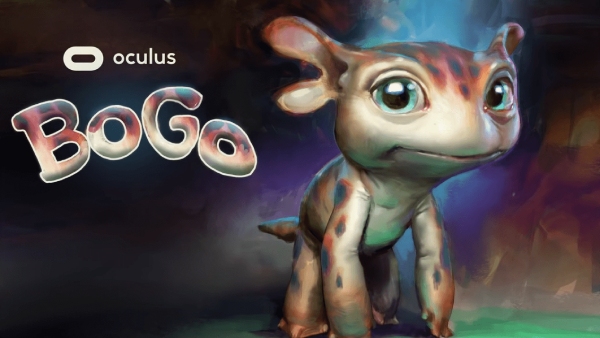


Description: Solve complex puzzles with an advanced, quirky robot companion on your side.
Gameplay: You and Bogo are by your side to work together to activate switches, manipulate objects, and navigate through some mind-bending challenges. It’s a great game for communication and teamwork.
9. The Curious Tale of the Stolen Pets (Age Recommendation: All Ages)
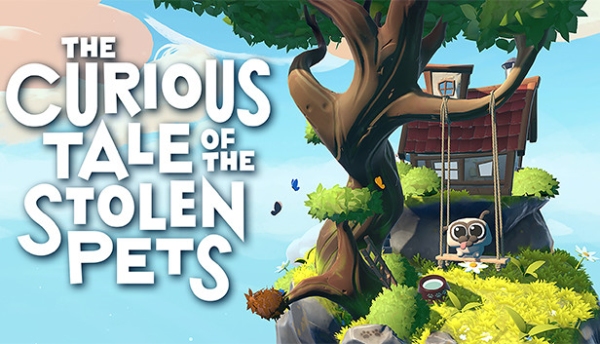


Description: Your task is to help detectives solve the intricate mystery of the stolen pets in a famous storybook world.
Gameplay: You’ll have to explore colorful environments, interact with various characters, and help solve intricate puzzles to unveil clues. It’s more of a lighthearted adventure ideal for younger players.
10. Space Pirate Trainer (Age Recommendation: Teens 13+)



Description: It’s time to defend yourself against the massive waves of enemy droids in this futuristic space setting.
Gameplay: You blast droids with a wide range of weapons, deflect any laser directed at you with your shields, and dodge the incoming attacks. It’s surely an action-packed and fast-paced experience, thus suitable for people of all ages, including young teens.
Some potential risks of Oculus games?
Like any other modern game, Oculus VR games have setbacks, from VR addiction to motion sickness. Here are some of the most common risks of Oculus games for kids.
- VR addiction. Oculus games for kids are incredibly immersive, and many kids spend too much time in the VR world. This can lead them to neglect other real-world activities such as social interaction, sleep, or exercise.
- Eye Strain and Motion Sickness. VR games can mess up your sense of balance, resulting in dizziness, nausea, and headaches. Spending too much time on VR can also lead to eye strain.
- Inappropriate Content. Although many age-appropriate VR games exist, it’s important to be mindful of the content your kids access. Some VR games promote violence, online interaction with strangers, and even exposure to scary creatures.
- Physical injuries. Children can be overexcited and lose themselves in VR activities. This can lead to forgetting about their physical surroundings, which can lead to bumping into furniture or walls.
Tips for a safer and healthier Oculus gaming for kids
Playing VR games is okay if you encourage your children to do it safely. Here are the various measures you can embrace to ensure the safety of your kids while playing Oculus VR games.
Setting up Oculus parental controls
Here’s how to set up Oculus parental control features to enhance your child’s gaming experience and safety.
Step 1. Link a family account to your kid’s account for easier messages.
Step 2. Content restriction. Select age-appropriate content filters to restrict access to age-inappropriate content.
Step 3. Set Screen Time Limits. You can set the time for your kids to stay on the platform only during the permitted time.
Step 4. Navigate to the app blocker to block specific games and apps from your perspective.
Using additional tools
While the Oculus VR games offer amazing parental control features, ensuring their safety beyond reasonable doubt is even more important. FlashGet Kids app is a third-party parental control that can help deal with various potential risks from VR games.
App Blocker. FlashGet Kids app can help you block access to specific apps, including VR games for kids, from your child’s access.
Screen Time Management. As stated earlier, VR games can be very addictive, so you may need to control the entire time you spend playing them.
Usage Reports. The FlashGet Kids app enables you to receive daily, weekly, or even monthly reports on a specific app, thus helping parents monitor the time spent on each app.
Activity Monitoring. Monitor and review your kid’s usage and activity patterns to ensure they engage with the right VR content on their devices.
Physical VR gaming safety
It’s important to ensure physical safety during your Child’s VR gaming session to prevent injuries and create a positive experience.
Ensure the play area is free from obstacles such as pets, furniture, and other objects that could cause collisions and tripping.
Use the right headset. Ensure your kids use the right headsets depending on their size and age.
Ensure that headsets are comfortable and fit securely with lenses that properly fit to prevent eye strain.
Encourage breaks to prevent physical fatigue and eye-straining.
Conclusion
Virtual reality (VR) games are now the new form of entertainment for young teens, thanks to the educational, fun, and creative experience that players enjoy. However, spending too much time on VR games can risk the user from experiencing motion sickness, straining eyes, interacting with online strangers, and even accessing inappropriate content. It’s, therefore, a concern for parents to embrace the parental control measures on Oculus VR games for kids or third-party parental control platforms like the FlashGet Kids app. This can help reduce too much screen time, access to inappropriate content, and interaction with online strangers.

